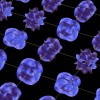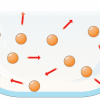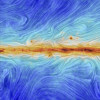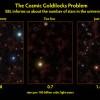Planck-scale physics is more than a hundred years old. Physics is starting to take it seriously. This is great because we can hope for exciting new science and technology to drive a new economy. Planck scale is the incredibly tiny scale at which physics actually happens. It is the scale at which space no longer […]
How does Planck-scale physics work?




